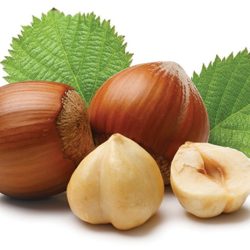Agriculture by Air
Right now, cranberry growers who suspect that pests have invaded their crop have two options: hunt around in the beds themselves, examining each individual plant, or spray the entire field and risk wasting costly resources.
But agricultural engineers at UW–Madison are trying to change that by experimenting with unmanned aerial vehicles (UAVs), more commonly known as drones, that could take a more comprehensive look at cranberry plants that might be infected.
They fitted a UAV with two special cameras that capture temperature and other information. Unhealthy plants exhibit signs of stress that the device can detect, including how leaves reflect light patterns.
Healthy plants are key for Wisconsin, which has 21,000 acres of cranberry marshes in 20 counties and grows more than half of all the cranberries in the world. Cranberry country lies east of the Wisconsin River, beginning at the Wisconsin Dells and stretching north.
The ultimate goal for Brian Luck, an assistant professor of biological systems engineering, and his research team is to use machine-learning technologies, much like facial recognition on Facebook, to predict what exactly is wrong with diseased plants. But for now, the research is in its primary stages as they collect baseline data in greenhouses and move out to cranberry beds this summer for real-world deployment.
As with any new technology, there are a few hurdles to clear before the practice can be widely implemented. Though UAVs are commercially available, the cost is high. And to fly one for commercial purposes, a farmer must be licensed through the Federal Aviation Administration.
Still, researchers say the potential benefits for farmers are exciting. “The more precise data you have on the field, the more precisely you can manage it, which can lead to more efficient and sustainable agriculture,” says Jessica Drewry PhD’17, a postdoctoral assistant on the project.
Published in the Summer 2018 issue




Comments
No comments posted yet.